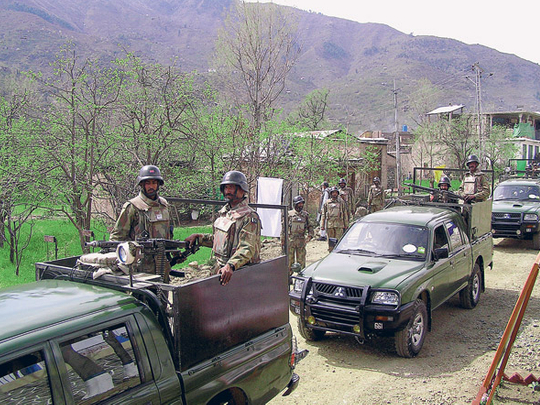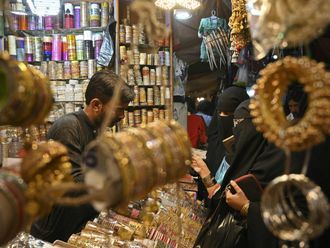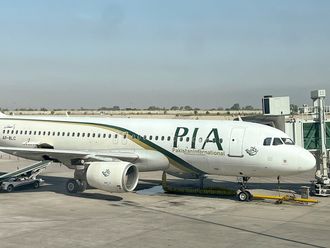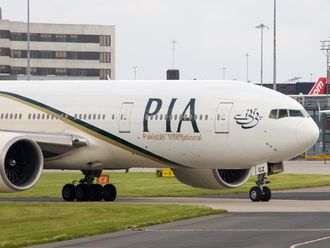
Mingora: Kishwar Begum studied nursing until she apparently decided to take lives, not help save them.
Her photograph appears on the front-page of a newspaper identifying her as a would-be suicide bomber, still at large in the Swat Valley, a former Taliban bastion seized by the army in a major offensive nearly a year ago.
Many Taliban were killed. Others melted away, leaving residents fearful the militants will return if the army leaves and hands over security to a struggling police force.
In an example of lingering dangers, officials say several other militants like Begum, aged 16 to 21, are at large planning suicide attacks such as a recent one that killed 14 people and wounded 50 at a security checkpoint in the main regional town Mingora, 120 kilometres northwest of Islambad.
"It is impossible to prevent suicide bombings. The Taliban want to come back and take over," Swat police chief Qazi Gulam Farooq said. "They are trying to regroup."
Unlike policemen who escaped after many of their colleagues were killed by the Taliban, Farooq stayed behind, earning a citation for his bravery. But he has little time to think of past achievements.
Nowadays, he is trying to persuade about 50 police who fled the Taliban to return to their duties in Swat, a former tourist paradise with mountains and cascading rivers which became a battleground between militants and government forces.
Police in Swat, which has a population of about 1.3 million, have scant resources. Pakistan's sluggish economy is already stretched, so large amounts of state funding needed for fuel and other basic items are unlikely soon. Those challenges are common in Pakistan, a nuclear-armed US ally. Since Swat, Pakistan's military launched a major offensive in South Waziristan but the Taliban keep bouncing back with bombings that have killed hundreds.
Beheadings
The entire Swat Valley relies on just eight armoured personnel carriers and at least 17 more are needed, if police and soldiers are to be less vulnerable to bombings and ambushes by militants who can attack and escape through peach orchards or over mountains.
The run-down, blue camouflage vehicles are rarely seen around villages, where wanted posters of bearded Taliban leaders at checkpoints revive memories of public beheadings and floggings of those seen as sympathetic to the government, or deemed immoral.
One was notorious for chopping up people.
Backed by air strikes, the offensive was seen as a turning point for the military, which had backed the militants for years.
Despite the army's successes and vows to keep the Taliban from returning to Swat, some residents doubt their resolve.
"They have let us down before. The military has always been close to the militants," said Jamruddin Khan, an elderly man with few teeth who has lived through Pakistan's political turmoil, military takeovers, and more recently a Taliban insurgency.
Others have placed their trust in the 50,000 soldiers deployed in Swat. In an area once known as "beheading square" in Mingora's bazaar, traders thrive. Everything from fish to shoes are on display.
Unthinkable
There are internet cafes, which would have been unthinkable during the reign of terror under the Taliban, who reject all Western influences.
In those days, militants decapitated people and tied the heads to the victim's feet. It's an image seared in the mind of Altaf Hussain, who stood nervously recalling how he watched Taliban militants behead people on several occasions.
Eight months ago he was down on his luck, with no job. So Hussain joined the police force and quickly became a commando.












